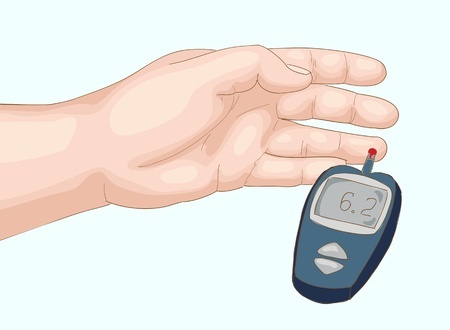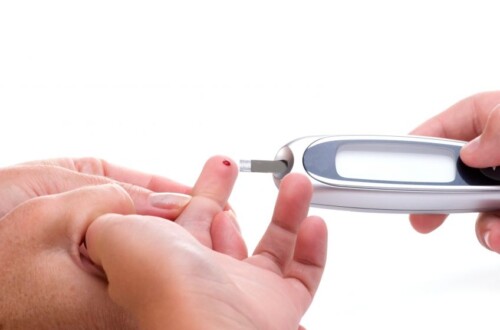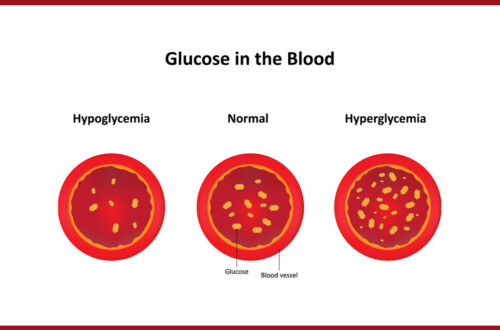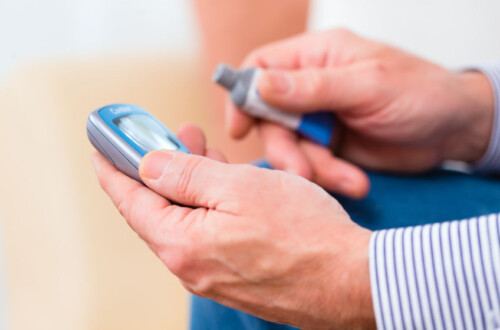Before You Test
- Do not be nervous – you CAN do this. Children as young as 4 can be taught to check their blood sugars. It is not uncommon for people to be wary about new things, and checking your blood sugars can be scary at first. It will get easier and less scary. Worried about pain? Read Tips for Less Pain with Fingersticks for more help!
- Make sure your test strips have not expired.
- Make sure the meter is calibrated (some meters do not require calibration) whenever you use a new vial of test strips.
- Make sure your meter settings are correctly set for ml/dL or mol. Whatever setting you use make sure you know which setting the meter is on otherwise you will misinterpret the results.
- Take good care of your meter and test strips. Do not expose them to heat, moisture or direct sunlight. This can damage the equipment and produce false readings. If you ever suspect that your meter is not performing properly throw it away and get a new one!
- Always have a backup meter handy, and never, ever go anywhere without a meter, plenty of test strips, lancing supplies, fast-acting sugars, medical identification bracelet and information card for your wallet or purse, and, if you are on insulin, always carry a glucagon kit.
Testing Tips To Get The Most Accurate Results Possible
- Make sure hands, fingertips (or alternate site) are clean and dry.
- Have everything ready to go. Prepare meter to receive blood droplet and then perform the finger stick.
- Hold hands down to let blood flow into fingers – keeping hands below heart level.
- You can trying rubbing, massaging, or gently milking fingers prior to finger sticks for better results.
- Running hands under warm water also helps increase blood circulation to the fingers — just make sure fingers are dry.
- Stick fingers on the sides, not the pads. If using alternative sites pinch or slap the area first.
- Do not immediately attempt to “milk” or apply pressure to increase blood flow as this will actually have the opposite effect of decreasing blood flow. As soon as the body senses the skin has been punctured it seeks to stop the blood flow with clotting factors. Wait just a second before gently milking or squeezing and you will find that the fingertip will produce blood more easily.
- Make sure you supply enough blood to the test strip area. Saturate the test strip area with blood. If you do not, you will get an error message and have to start all over again. Sometimes, if the finger is wet or contaminated you will also get an error message.
- Read the meter and take any corresponding action necessary.
Illustrated Guide – How to Test Your Blood Sugar
About Testing On The Forearm Or Other “Alternative” Sites
If you use alternate sites be aware that this will not provide you with the most accurate blood glucose reading. The body is dynamic and there is a delay in blood glucose between fingertip and forearm. Forearms are not a reliable test site (nor other areas including toes) which will register blood glucose higher than fingertips.
If your alternative site reading is low, repeat on the finger tips. If your alternate site is normal or high but you still feel like you could be low, or have any of the symptoms of low blood glucose, repeat the test on the finger tip!




